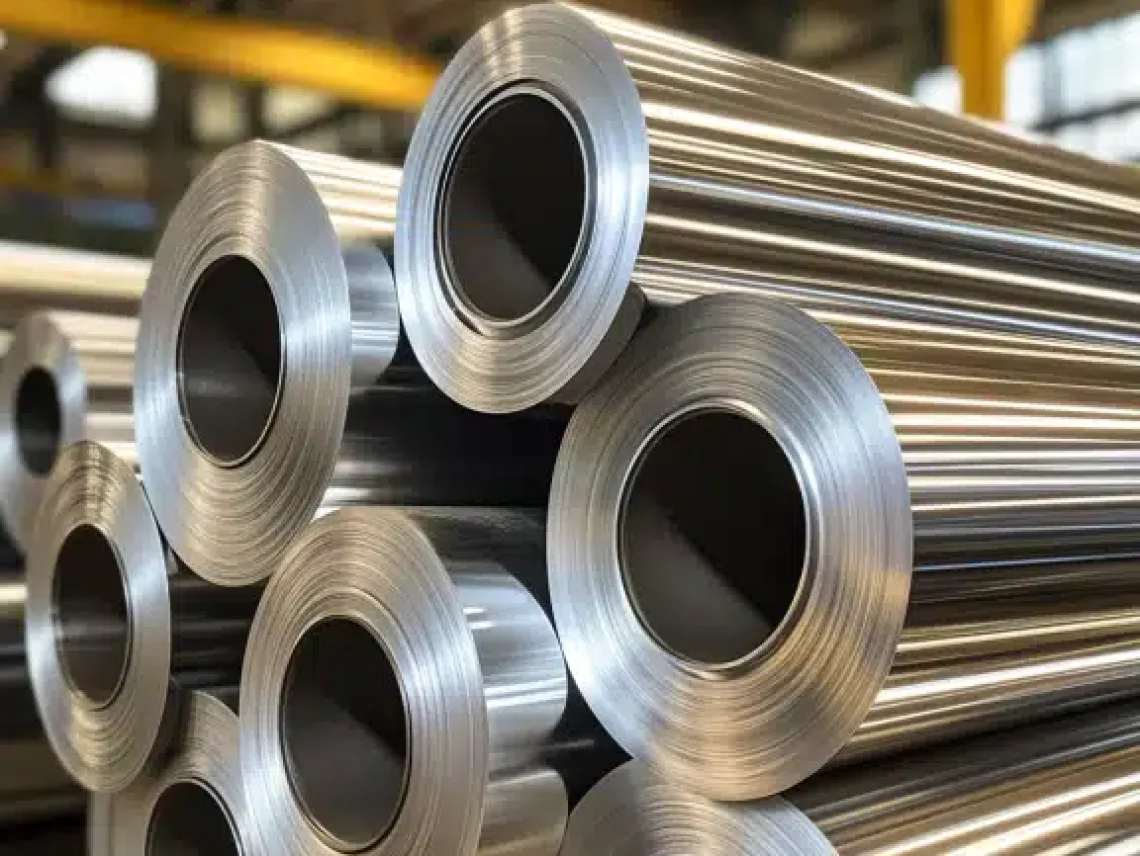
Choosing the right stainless steel for your project is essential—especially in marine environments where corrosion resistance is critical. Marine stainless steel stands apart from standard grades due to its unique ability to withstand the harsh, salty conditions found on boats, docks, and coastal structures. If you want to protect your investment and ensure long-lasting performance, understanding the distinction between these two types is a must. In this guide, you’ll learn what sets marine stainless steel apart, why it’s preferred for saltwater exposure, and how to select the best material for your needs. By the end, you’ll have clear answers backed by expert sources, helping you make confident choices for your next project.
Marine stainless steel “typically grade 316″ is engineered to resist corrosion from saltwater, humidity, and other aggressive elements commonly encountered near or on the ocean. Its standout feature is the addition of molybdenum, which greatly enhances pitting resistance compared to standard grades like 304. According to Wikipedia’s article on stainless steel, the presence of this element helps marine grades stand up to chloride attack, which can quickly destroy less robust alloys.
Marine stainless steel is used in everything from ship fittings and offshore structures to pressure vessels designed for coastal industries. For a deeper dive into stainless steel’s role in extreme environments, see Understanding the Importance of Stainless Steel in Boiler Construction.
The two most common stainless steels are 304 and 316. While both provide excellent general corrosion resistance, 316 is the industry standard for marine applications. The key differences are:
Composition:
304 contains iron, chromium, and nickel.
316 includes additional molybdenum for extra protection against pitting.
Corrosion Resistance:
304 can rust or pit in salty or chlorinated environments.
316 withstands saltwater, making it ideal for docks, boats, and coastal equipment.
Applications:
304: General construction, kitchenware, and pressure vessels (see Exploring the Standard Steel for Pressure Vessels).
316: Boat railings, marine fasteners, and critical equipment exposed to seawater.
If you want a detailed breakdown of stainless steel grades, visit Understanding the Three Types of Stainless Steel.
Superior Durability:
Grade 316 marine stainless steel lasts longer in harsh, wet, and salty conditions.
Reduced Maintenance:
Its natural passivation layer self-heals minor scratches and protects against corrosion.
Broader Use:
From offshore oil rigs and ship components to high-pressure vessels, its reliability is unmatched (Discovering the Best Materials for Pressure Vessel Construction).
Compliance with Standards:
Meets strict industry requirements, including ASTM and ISO marine standards (ASTM International).
Marine stainless steel is found in:
Boat hardware (cleats, railings, fasteners)
Dock and harbor infrastructure
Chemical plants near the sea
High-pressure vessels requiring maximum durability (Stainless Steel’s Performance Under High Pressure)
To maximize the lifespan of marine stainless steel:
Rinse with fresh water after exposure to salt.
Inspect regularly for signs of surface contamination or “tea staining.”
Apply passivation treatments if the material will be heavily exposed.
Use proper cleaning methods—avoid abrasive pads that damage the protective layer.
For more on selecting and maintaining stainless alloys, read Understanding the Selection of Stainless Steel Groups for Pressure Vessel Applications.
Marine stainless steel is the go-to choice for any application near saltwater or in aggressive environments. Its advanced composition and impressive resistance to corrosion make it a smart investment—outperforming standard grades in both longevity and reliability. With proper maintenance and the right grade selection, your projects will last for decades, saving on costly repairs or replacements.
Need help selecting the best stainless steel for your marine or industrial project? Contact Red River for expert advice or visit our blog on Exploring the Versatility and Advantages of Stainless Steel in Vessel Making to learn more.
Marine stainless steel, most often grade 316, is an alloy designed to resist corrosion from saltwater and other harsh environments thanks to its higher molybdenum content. See Wikipedia’s corrosion resistance page.
316 includes molybdenum, which greatly increases resistance to salt-induced pitting and corrosion—making it ideal for marine hardware and infrastructure.
Rinse regularly with fresh water, clean with non-abrasive materials, and inspect for early signs of corrosion. For more details, review our maintenance tips here.
Boat railings, fasteners, dock components, coastal construction, and high-pressure marine vessels. Read about pressure vessel materials.
304 is for general use and light corrosion; 316 is enhanced for saltwater. More details in our article here.
With regular care, marine stainless steel can last decades, even in aggressive conditions.
Yes. ASTM and ISO provide strict guidelines for marine-grade materials (ASTM International)
Yes, but welding must be done carefully to maintain corrosion resistance.
Marine stainless steel (316) resists saltwater corrosion far better than standard grades.
Proper grade selection and maintenance maximize the material’s lifespan.
Ideal for boat hardware, docks, pressure vessels, and coastal construction.
Routine cleaning and inspection are key for longevity.
Always check for reputable standards like ASTM when sourcing materials.
Visit Red River’s knowledge center for more on material selection for pressure vessels.
In the realm of industrial solutions, Red River emerges as a pioneer, offering a diverse range of custom-engineered products and facilities. Among our specialties is the design and production of Custom/OEM Pressure Vessels, meticulously crafted to meet individual client requirements, ensuring performance under various pressure conditions. Our expertise extends to the domain of prefabrication, where Red River leads with distinction.
The company excels in creating prefabricated facilities, modules, and packages, reinforcing its stance as a forerunner in innovation and quality. This proficiency is further mirrored in their Modular Skids offering, where they provide an array of Modular Fabricated Skid Packages and Packaged equipment. Each piece is tailored to client specifications, underlining their commitment to delivering precision and excellence in every project they undertake.